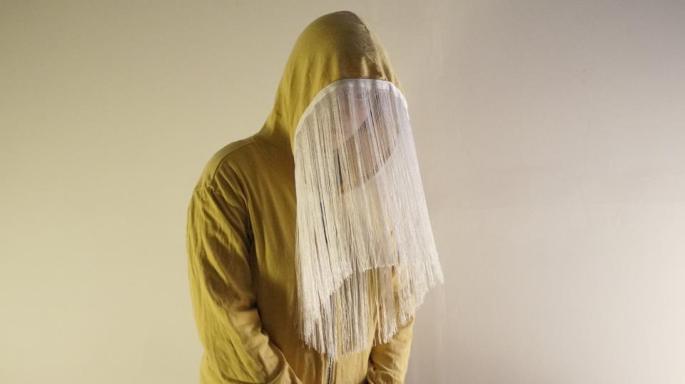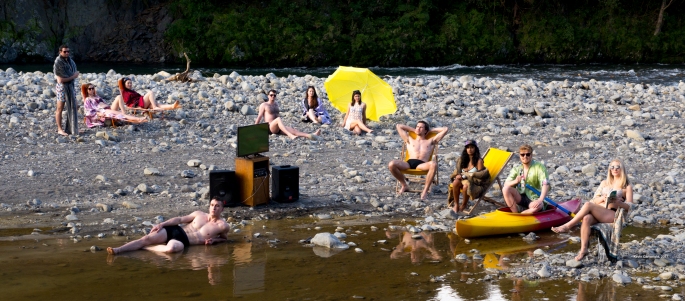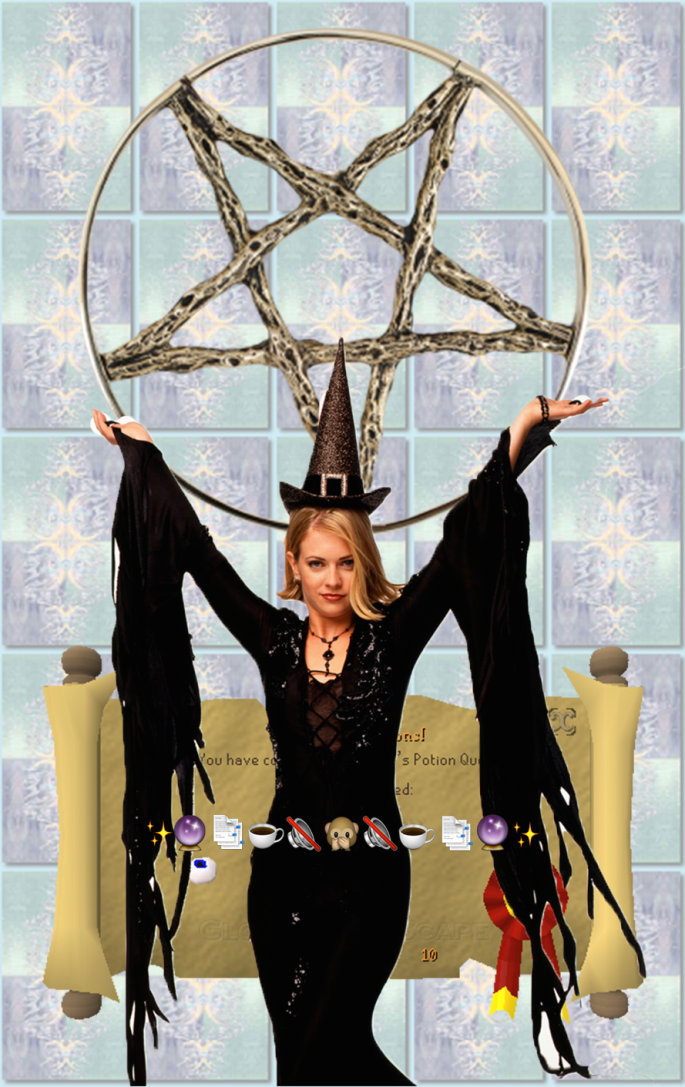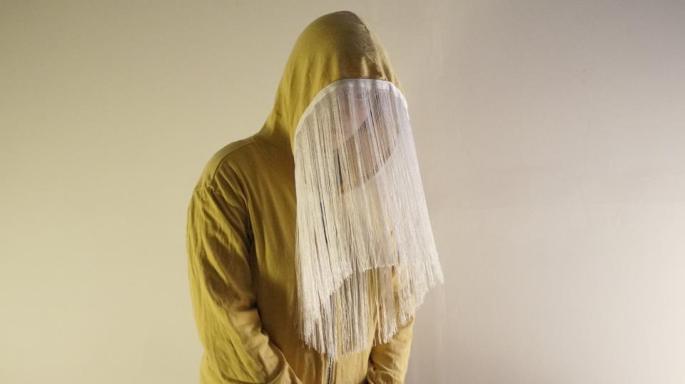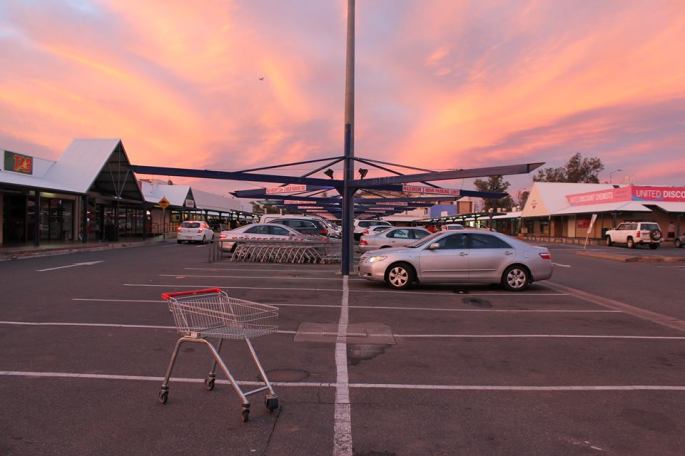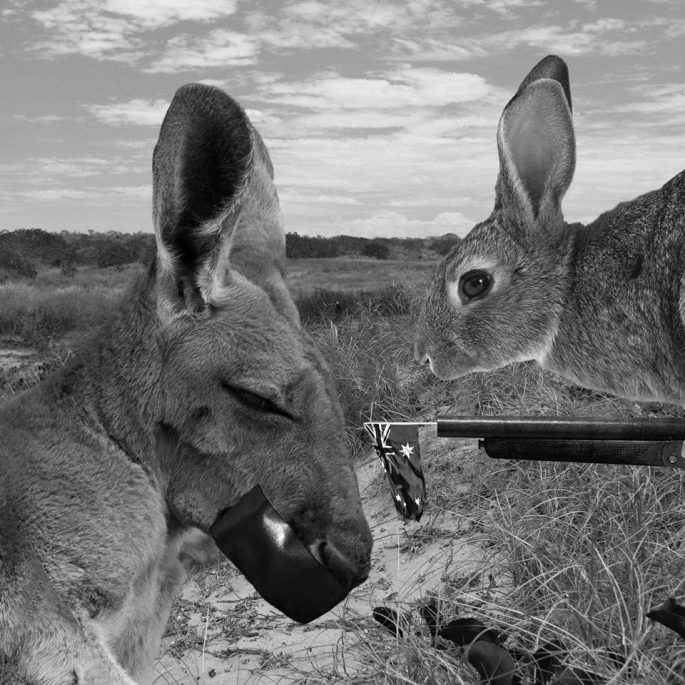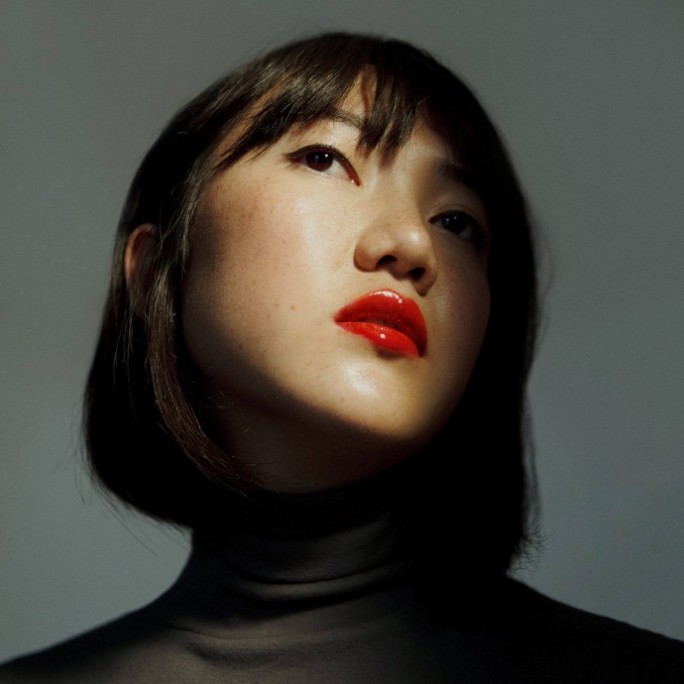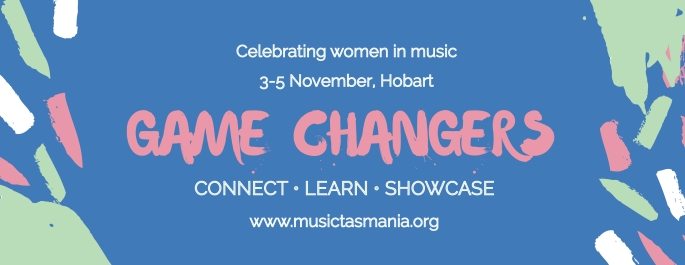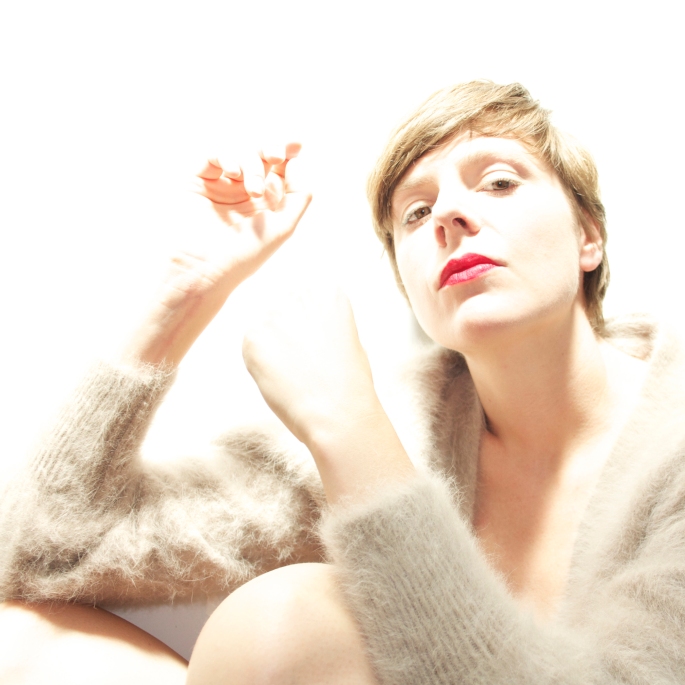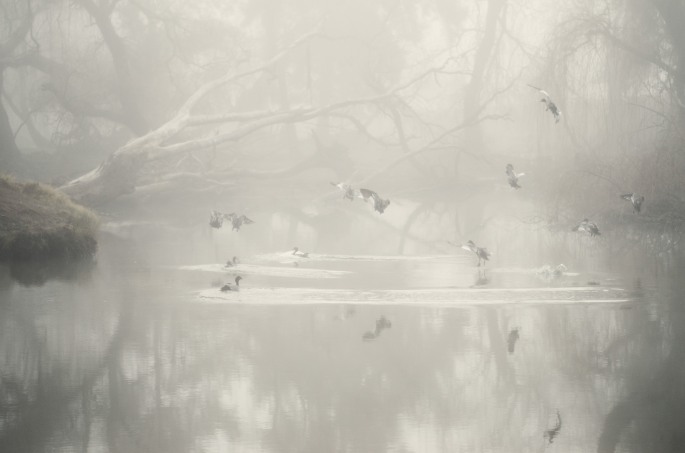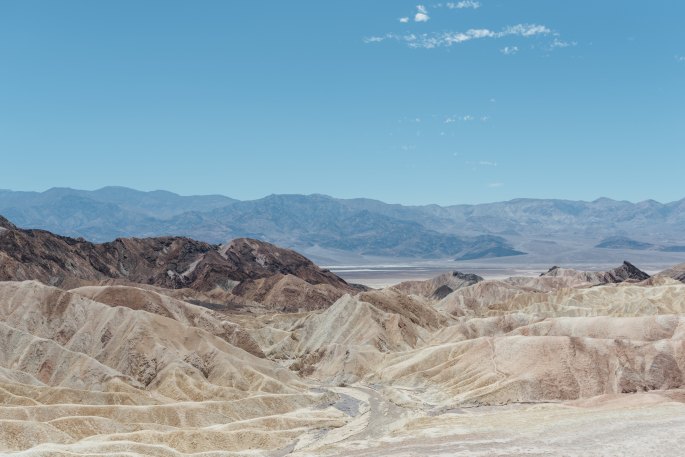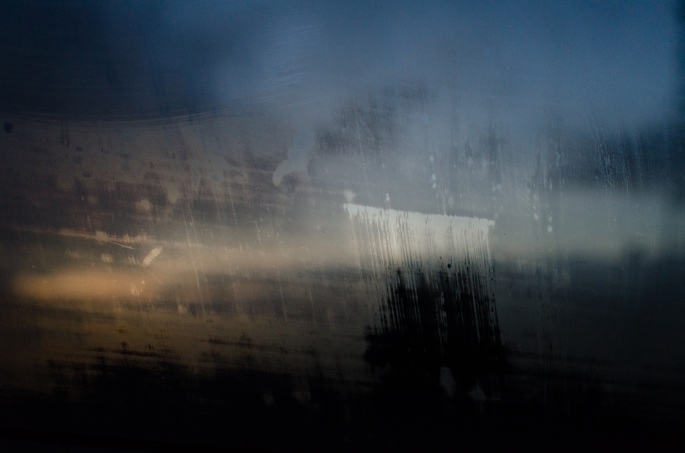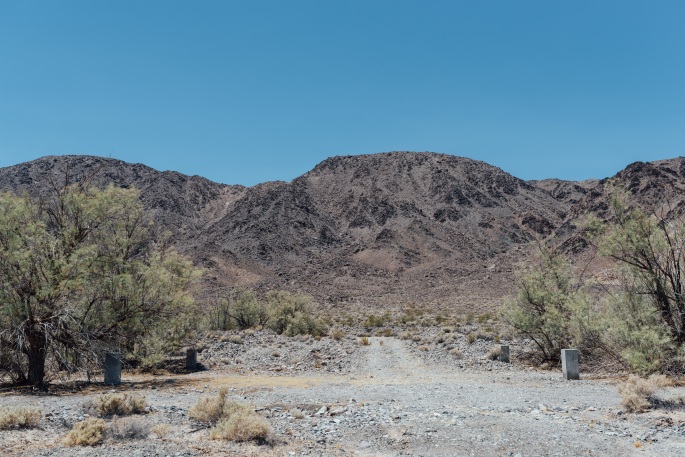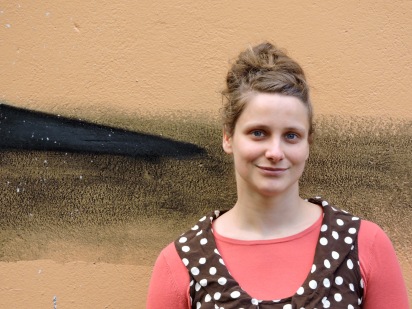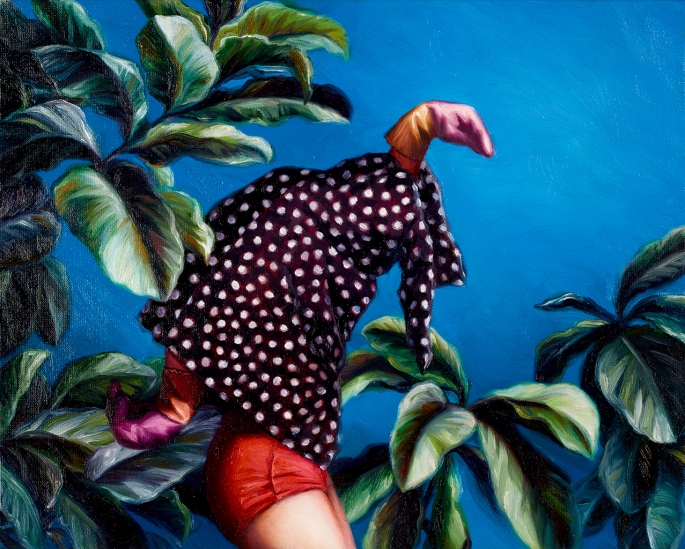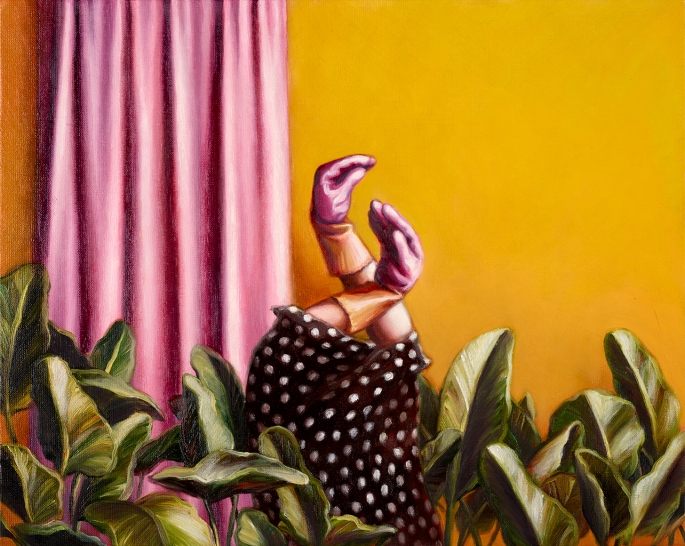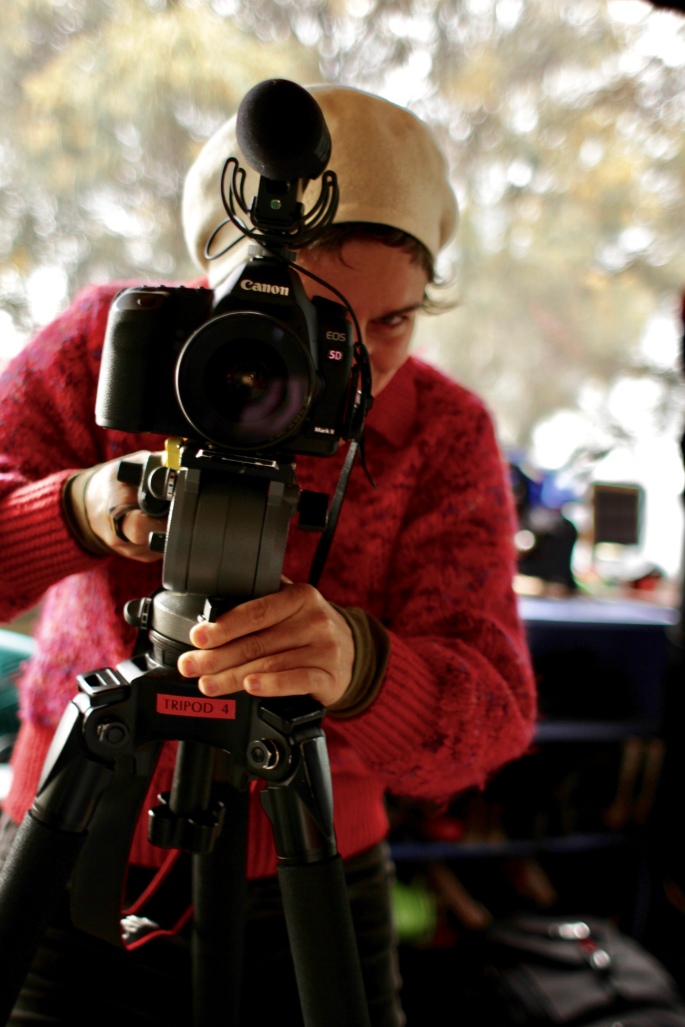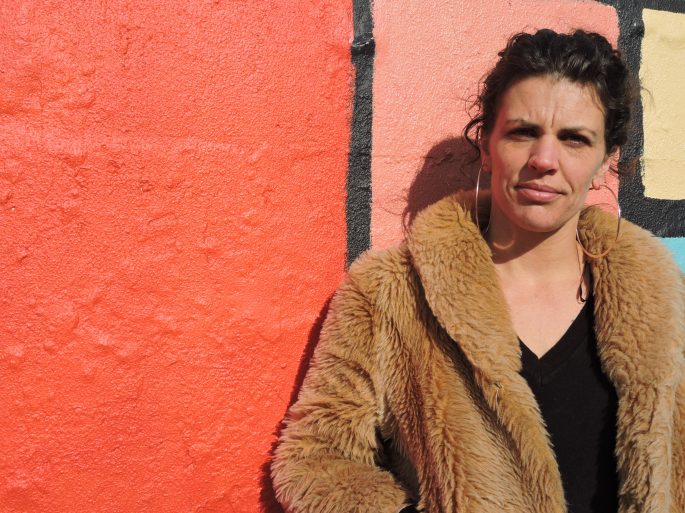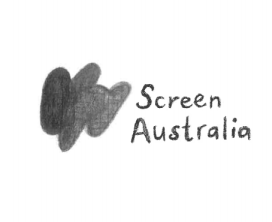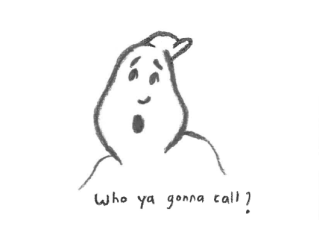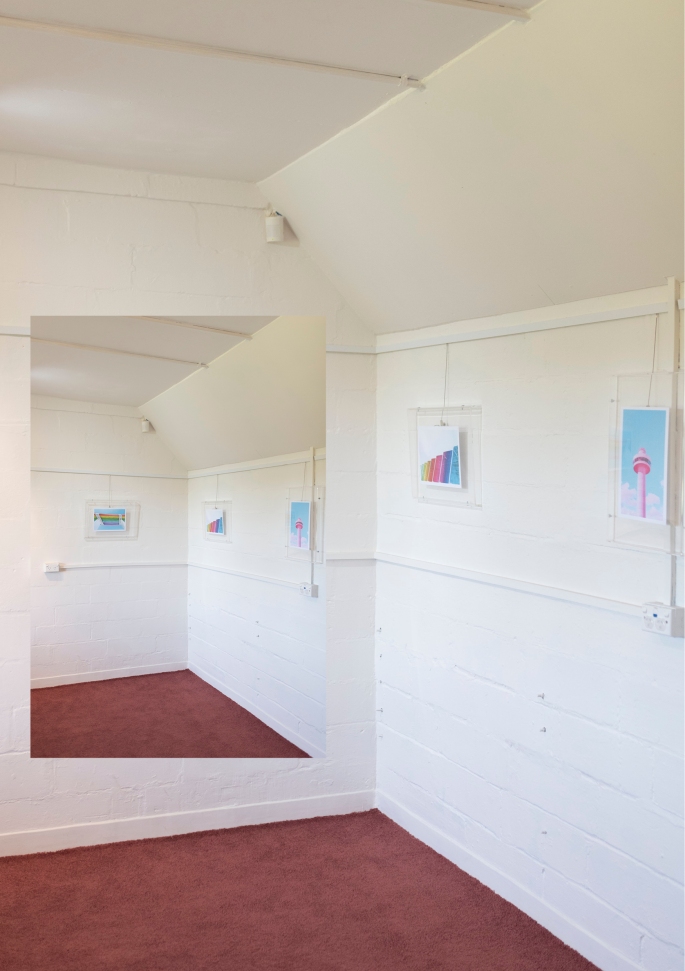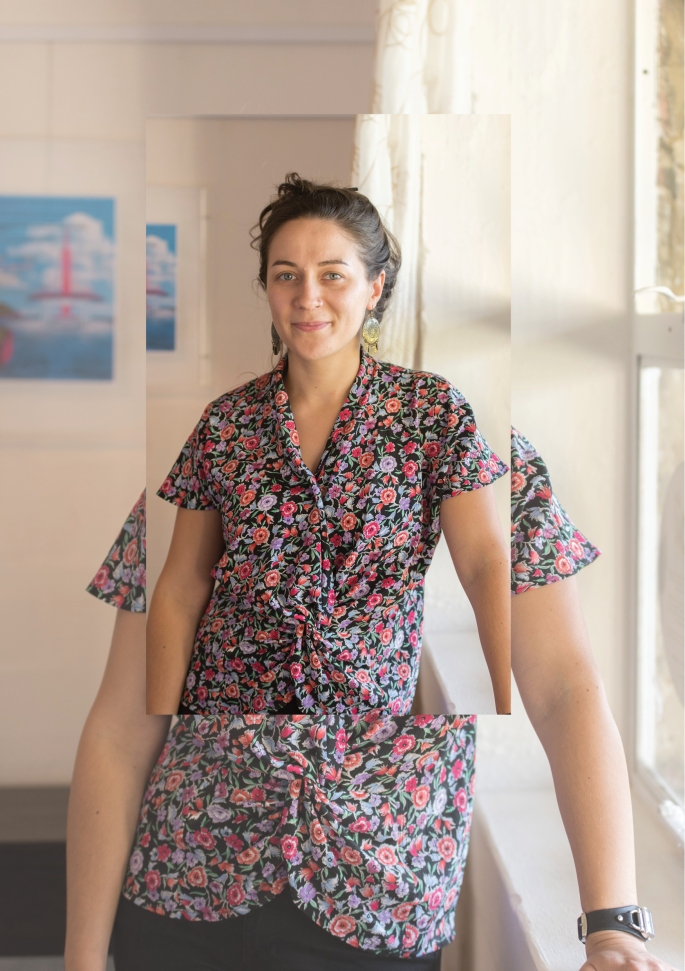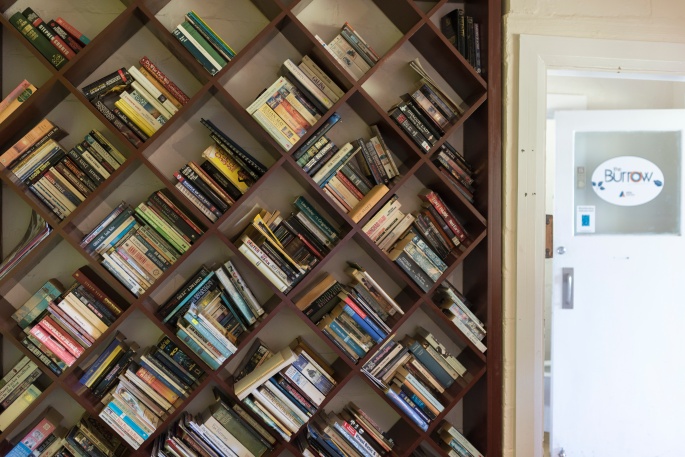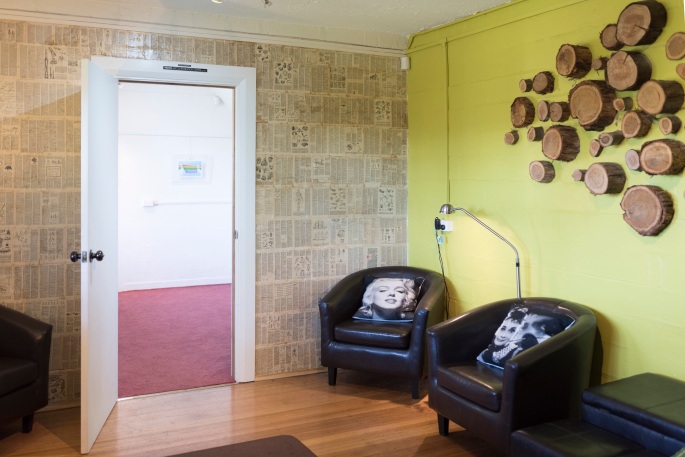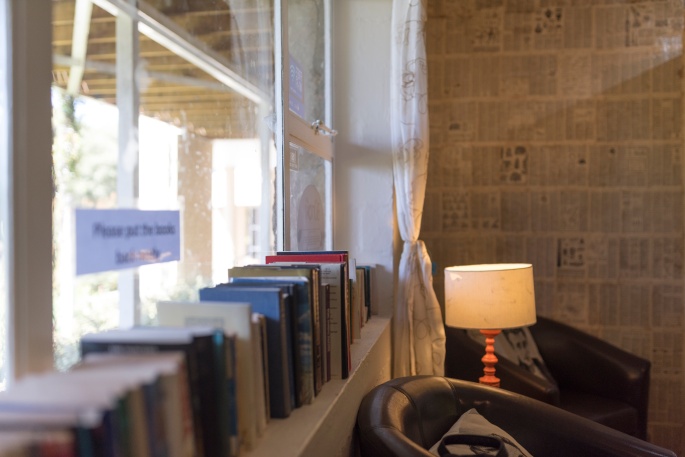Caitlin Fargher was going to have a quiet year. But that’s not happening anymore.
The multi-disciplinary artist returned to Hobart in December after spending four years studying at the University of New South Wales Art & Design, graduating with Honours in Fine Arts.
“I thought I was going to have a year off,” Fargher says. “But now I’ve got all this work to do already.”
Fargher, 22, has teamed up with Selena de Carvalho and Sean Kelly to curate A Luta Continua at Moonah Arts Centre this April. The show features visual and audio material, video interviews and social change art, and concludes with a concert later in the month.
A Luta Continua celebrates non-violent protest in the Tasmanian cultural landscape. It also explores how protest transmutes through generations, and through art and music.
Fargher will also curate a multi-site project at Salamanca Arts Centre in October as part of a joint project between SAC and Constance-Artist Initiative.
Originally from Sydney, Fargher came to Hobart when she was seven. And after graduating from college, she headed straight back to the big city to study.
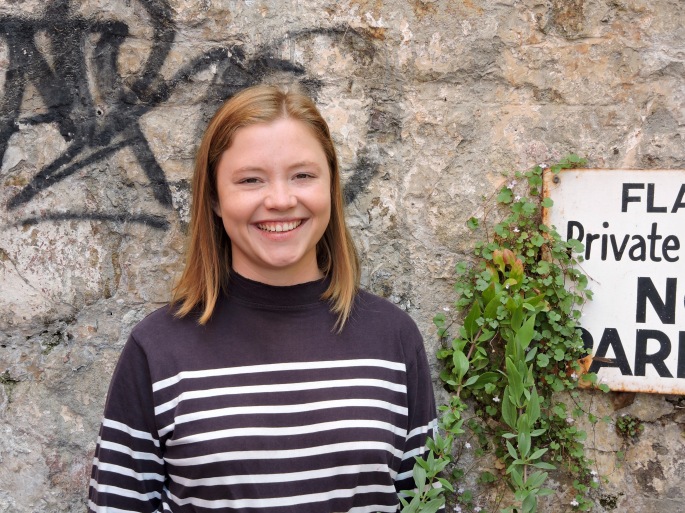
“I’ve always had this romantic ideal of what Sydney is. I was like: ‘It’s so great —the people, the beaches. It’s so creative and cool’. And then when I got there it wasn’t as romantic as I remember it being. But I was seven. And nothing is as good as when you’re seven.”
Using sculpture, textiles, installation and filmmaking, her practice probes into issues around the Anthropocene, climate change and decolonisation.
Her time at university forced her to clarify her ideas and motivations around her practice, after being cast into a nature-loving Tasmanian stereotype by her classmates in Sydney.
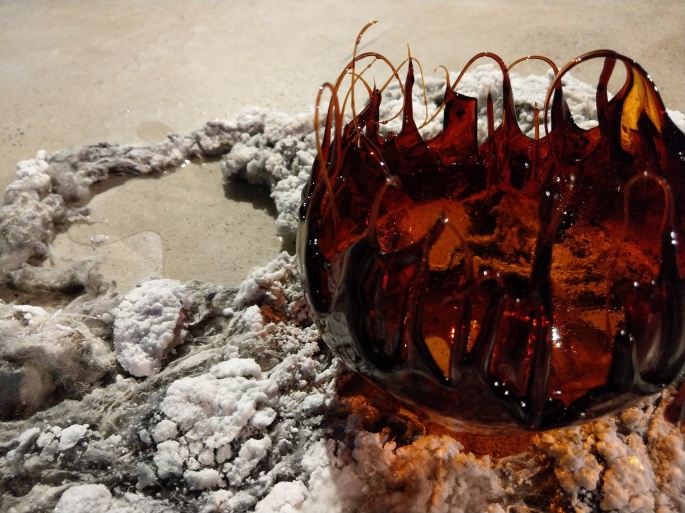 Caitlin Fargher, Excavating a Sticky History / Rubbing Salt into the Wound, 2017. Salt, Wool, Charcoal, Blood Orange Marmalade, Meringue, Concrete and Eucalyptus Sap.
Caitlin Fargher, Excavating a Sticky History / Rubbing Salt into the Wound, 2017. Salt, Wool, Charcoal, Blood Orange Marmalade, Meringue, Concrete and Eucalyptus Sap.
“I needed to refine why I was interested in the environment, and what made me so hyper-aware of it.”
“I grew up in a place where you are constantly affected by the weather and changing space and place. That’s what I missed from home — like when you can see the Bridgewater Jerry coming in and stuff like that,” she says.
“In Sydney, you’re just more removed from it because there’s concrete everywhere. But there is beauty in that muggy, concrete city — tropical weeds pop out of the cracks everywhere, and the people are great, too.”
“I’m glad that I went to Sydney. But I’m glad to come home.”
Hey, Caitlin. What did you do today?
I went down the Tasman Peninsula to Sommers Bay — warmest water in Tassie, my mum reckons! But it was raining heaps and the water was this amazing teal grey with water droplets falling onto it, and I just sat in the water in a wetsuit for a while and felt like a big old fish.
How do you stay motivated, and what do you do when you feel discouraged?
At the moment, I’m in one of those post-huge-project slumps after finishing Honours. Even though I’m working on a few projects at the moment, I’m finding it hard to really engage my brain again — all I want to do is nap and read.
But I’m staying motivated to do these projects because of the people around me and the energy of Hobart; it’s so nice to have returned to such a caring and warm community after being in a big city.
I’m so lucky to be able to spend time in all the beautiful places up and down the coast, where the environment is a constant motivator and inspiration. If I’m feeling super down, I’ll go for a swim or potter in the garden and have a good old think.
Describe your creative process.
For me, it’s a jumbled process.
I might read something in a book, see a texture on the street or in the bush, hear someone talk about some interesting phenomena, smell something, or eat something, etc.
The process can start from anything. But when I try to figure out how to make something, that’s when the process starts to evolve; for example, I’ve been obsessed with Eucalyptus sap for a while. I’ve been collecting it for a year or so, and I’ve only recently realised you can melt it. So I can’t wait to experiment with that.
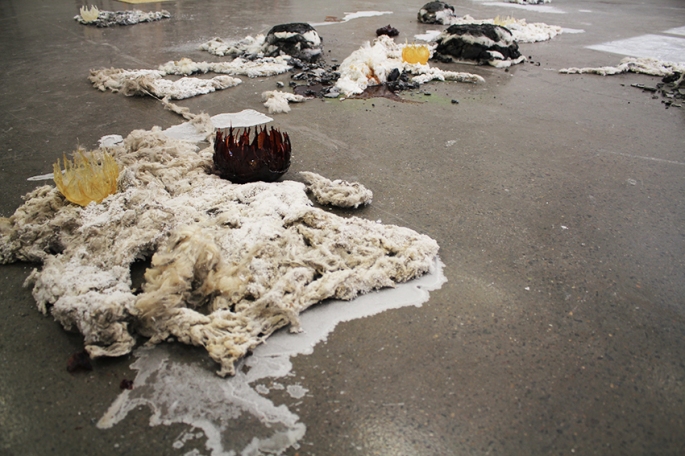 Caitlin Fargher, Excavating a Sticky History / Rubbing Salt into the Wound, 2017. Salt, Wool, Charcoal, Blood Orange Marmalade, Meringue, Concrete and Eucalyptus Sap.
Caitlin Fargher, Excavating a Sticky History / Rubbing Salt into the Wound, 2017. Salt, Wool, Charcoal, Blood Orange Marmalade, Meringue, Concrete and Eucalyptus Sap.
Anyway, before this revelation, I started using sugar to resemble sap, which led me to investigate sugar’s materiality and its history, which made me think about Australia’s colonial history and the negative impact that that has had on the environment.
But through that research, my making was informing new ideas and new things to create — I started making meringues and jams, as well!
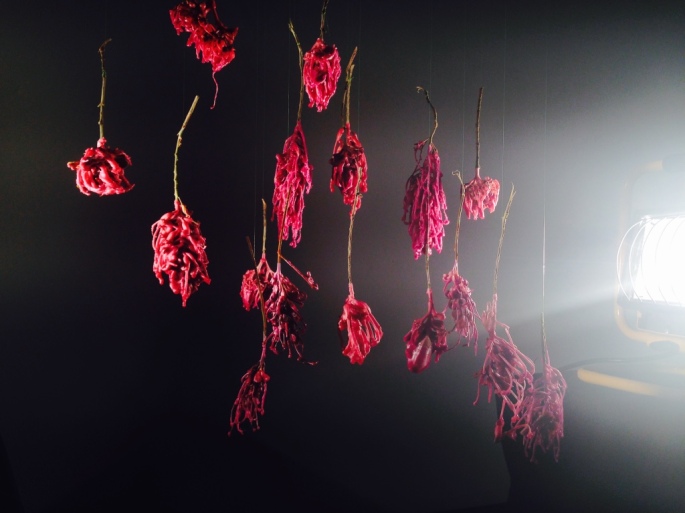 Caitlin Fargher, Waxy, 2015. Native flowers dipped in wax, floodlights.
Caitlin Fargher, Waxy, 2015. Native flowers dipped in wax, floodlights.
What are you reading at the moment?
I’m reading a book called Mirror Sydney by Vanessa Berry. After living there for four years, I feel pretty over the city as a whole — so the book is helping me romanticise my time there and forget the hustle and bustle.
It’s a beautiful book about intense noticing and observing, which was my favourite thing about living in a big, new city — constantly seeing and observing new places every day.
Where do you make your work?
I make a lot of my work in the kitchen — I do lots of brewing, mixing and cooking. I’ve been experimenting with jam making as an art form, as well as making lots of toffee into different shapes and forms.
I’ve also started thinking about dyeing cloth in seasonal fruits and plants to make seasonal clothes! So there is a big batch of blackberries soaking in my kitchen right now. I love how all the smells coming from the work float around the home. Although, last year I was crystallising raw wool fleece in salt and it made my house smell like the Royal Hobart Show…
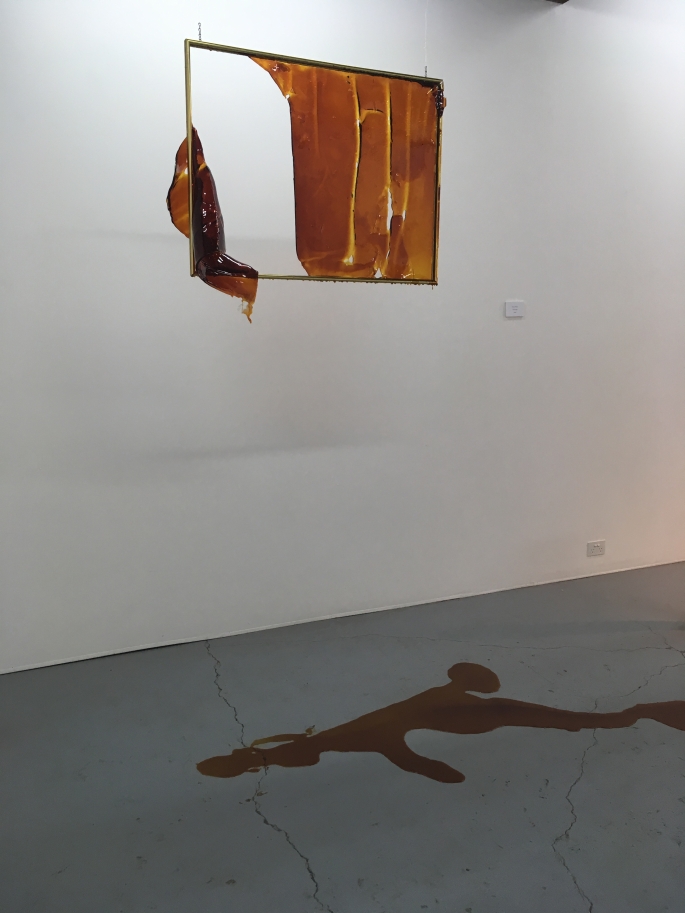 Caitlin Fargher, All that is Golden/Gone, 2016. Toffee, found frame.
Caitlin Fargher, All that is Golden/Gone, 2016. Toffee, found frame.
What’s the riskiest aspect of being an artist?
It’s risky because you have to put your heart and soul on the line, a lot of the time.
I don’t know if there are many professions where you constantly have to engage with yourself on such a close level.
A Luta Continua opens April 5. See the event calendar at facebook.com.

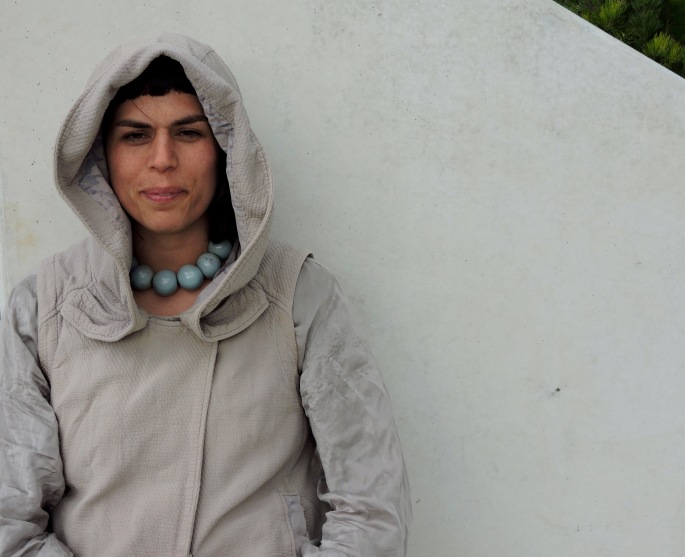
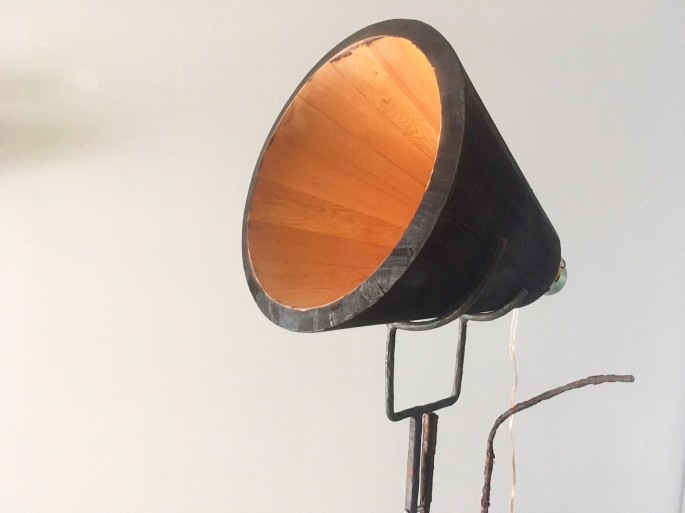
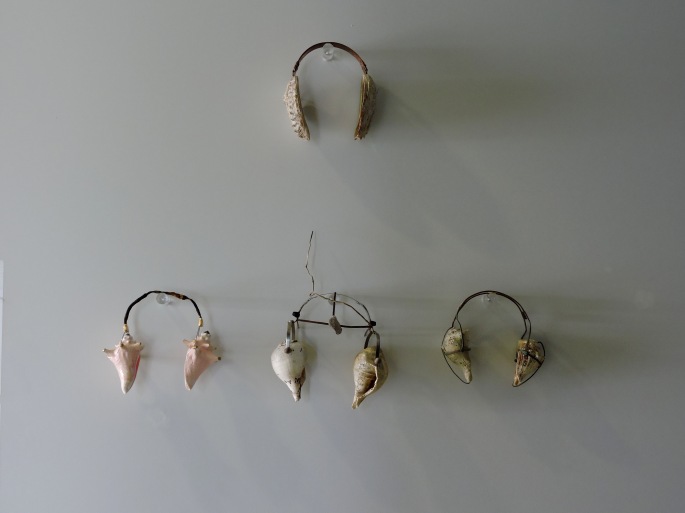
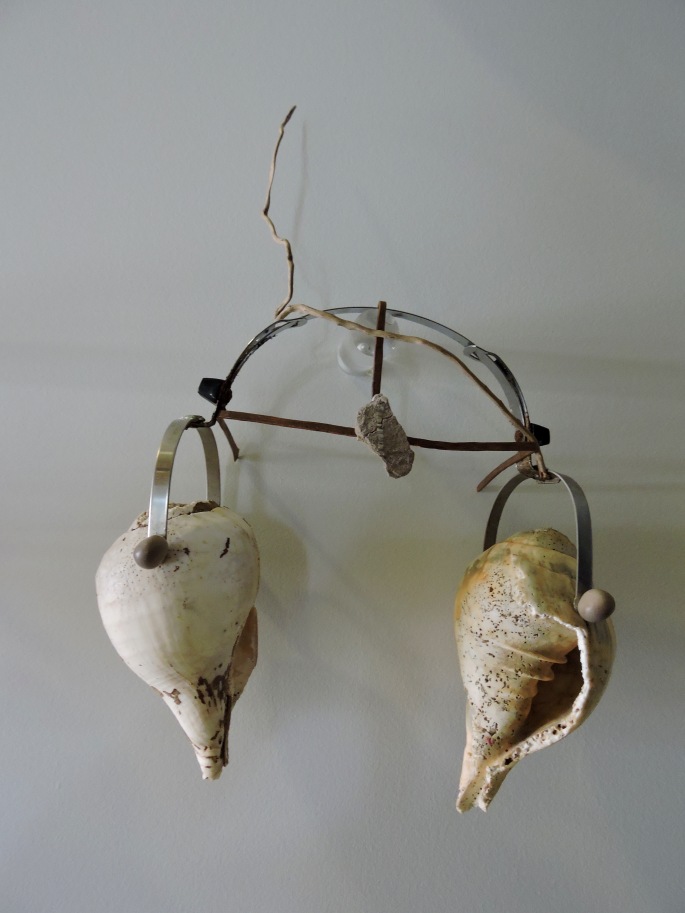
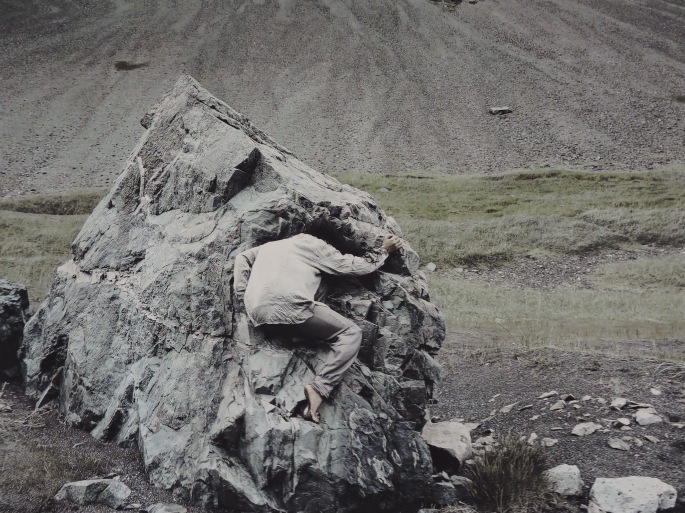
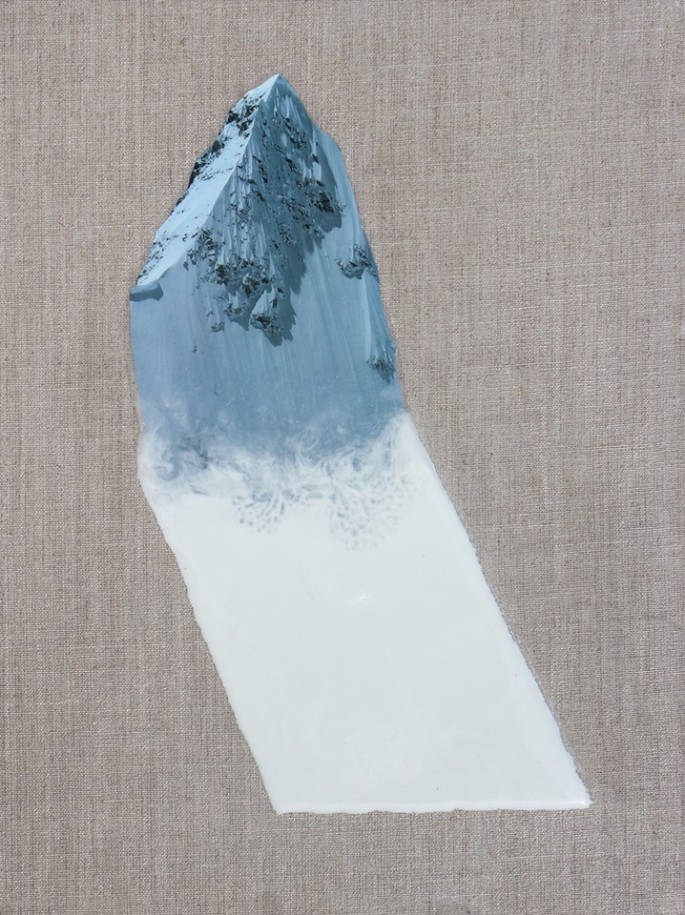
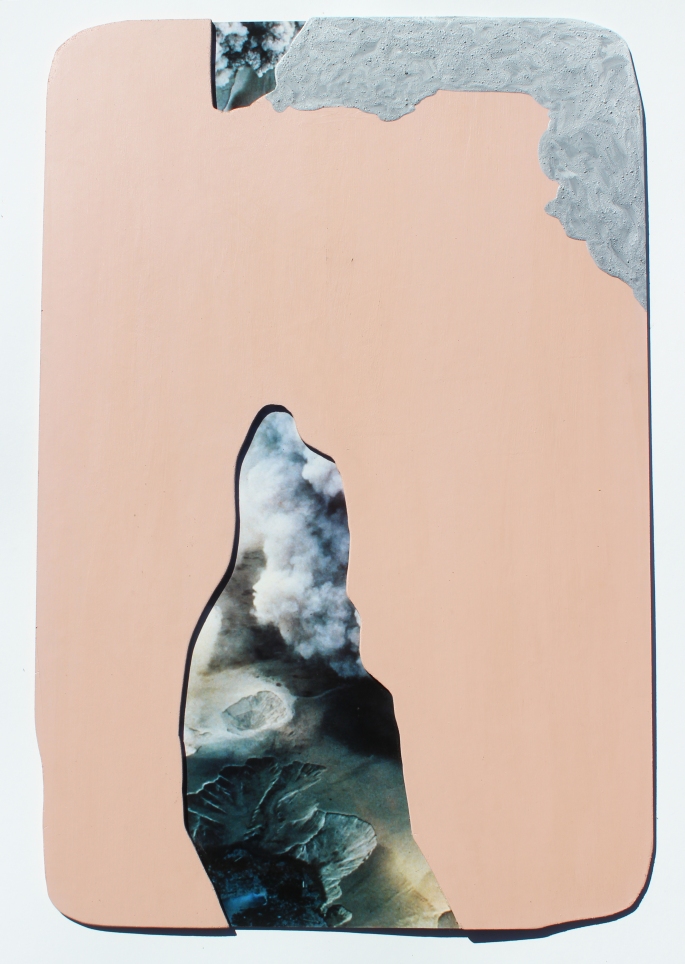 Eloise Kirk, Image from Northland, 2017. Collage, resin, marine ply and acrylic, 120x60cm.
Eloise Kirk, Image from Northland, 2017. Collage, resin, marine ply and acrylic, 120x60cm. 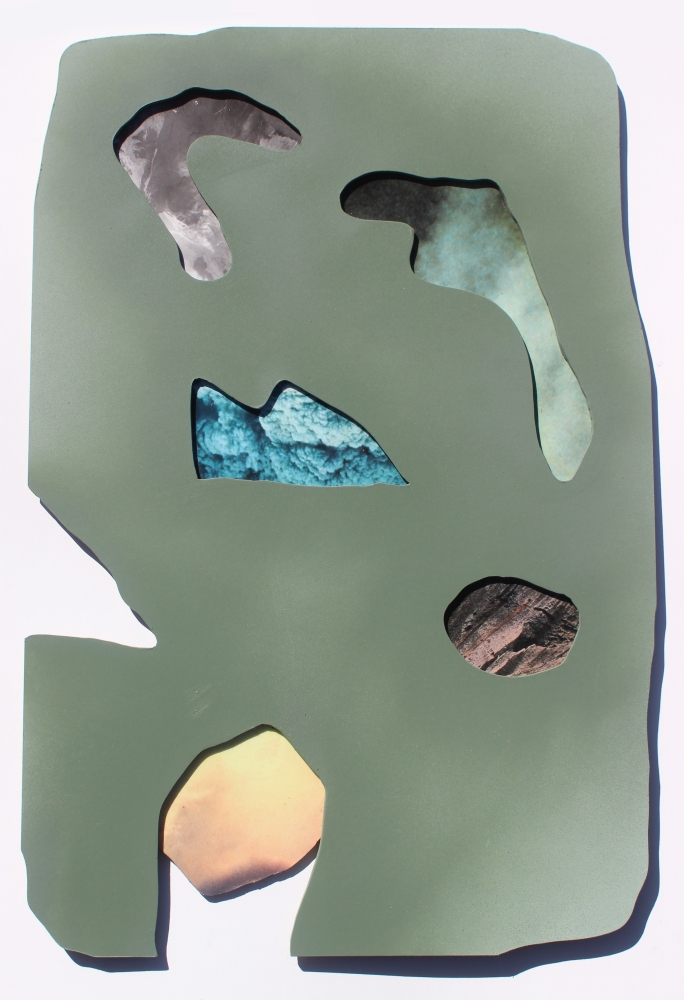 Eloise Kirk, Image from Northland, 2017. Collage, resin, marine ply and acrylic, 120x60cm.
Eloise Kirk, Image from Northland, 2017. Collage, resin, marine ply and acrylic, 120x60cm. 